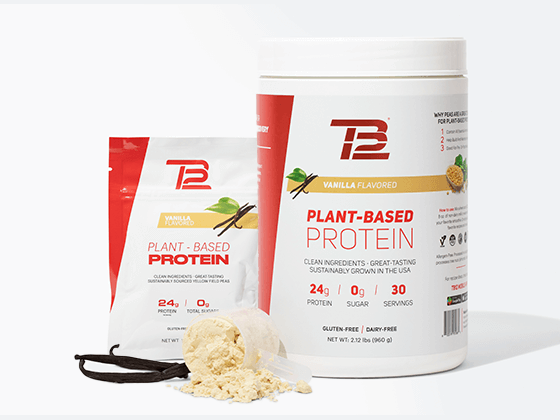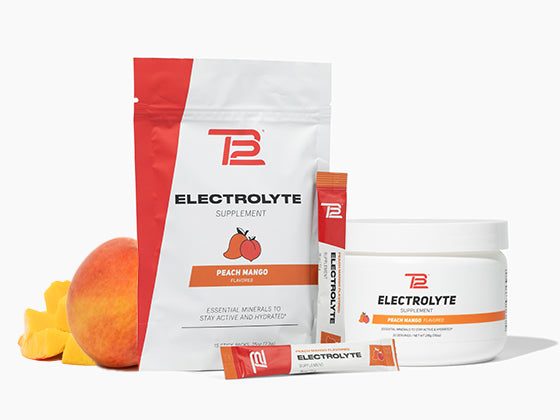We all seem to struggle to properly use the fresh fruits and veggies we bring home after a large grocery trip. Avoiding unnecessary food waste is much easier than you might think, though – here’s what you can do to make your grocery trips less frequent and your produce last longer!
WATER CONTENT IS KEY:
Vegetables range in the amount of water they contain. If you’ve ever sautéed spinach, you've probably ended up with a little puddle of green water when you’re done – this happens because the vegetable releases some of the water during the cooking process. The more water a vegetable contains, the shorter it will stay fresh for. Compare the water content of a tomato vs a carrot: the tomato contains more water so it can’t keep as long as the carrot.
In order to make the produce in my house last longer, we prioritize eating the veggies with high water density first while saving the ones that last longer so we can avoid needing weekly trips to the grocery store.
Here's what I recommend:
Days 1-6: Prioritize consuming your high water density vegetables – for example spinach, arugula, lettuce, string beans, tomatoes, zucchini, cucumbers, bell peppers.
Days 6-9: This is a great time to eat your non starch vegetables with lower water density. Some great examples include kale, cauliflower, broccoli, brussels sprouts, and mushrooms. These will stay fresh for a few days longer than your high water density veggies, so try to wait until close to a week after your shopping trip to use them all up!
Days 9-12: Your roots and other vegetables – for example carrots, potatoes, peas, parsnips, turnips, squash, onions, and garlic – will all stay fresh for well over a week. Try to make these last until at least the end of the first week after your trip to the grocery store, you'll want to have veggies like these on hand for as long as they stay fresh.
Days 12-15: The second week after my grocery trip is when I start to rely on frozen vegetables. I recommend grabbing a few bags of whatever you can find on the shelves. Frozen veggies are an easy way to continue to eat healthy foods even after you've depleted most of your fresh food supply. Keep plenty of potatoes, garlic, and onions on hand, as they'll keep for a month or more!
TIPS FOR SUCCESS:
Tip 1: In the first few days, lean on salads.
Tip 2: Stock up on potatoes, onions, and garlic – they will keep at room temperature for over a month
Tip 3: If your fresh produce is starting to turn, freeze it (blanch them first) and use it in soups, stews, and casseroles when you’re ready. Here are some veggies you can use for this: tomatoes, broccoli, cauliflower, carrots, green beans, and squash.
Tip 4: Make a sauce using any produce about to rot, then freeze it for later. Tip 5: Supplement fresh produce with frozen non-starch veggies and root vegetables.
Below is a recipe I love that uses frozen veggies:
Ingredients:
-12 corn or whole wheat tortillas
-3 chicken breasts (if you don’t have time to cook, buy a rotisserie chicken or buy pre-cooked chicken)
-1 avocado (optional)
-1 16oz can black beans
-½ diced red onion (optional)
-1 cup frozen spinach
-1 cup frozen riced broccoli or cauliflower
-1 16oz container greek yogurt
-1 16oz can green chili sauce
-1 small can green chilis
-8oz bag Mexican blend shredded cheese
-½ tsp salt (optional)
Directions:
In a large bowl combine all ingredients, except the green chili sauce, cheese, and avocado, Fill tortillas with ~2 spoonsful of mixture, roll up, and line in deep cooking dish, Once all 12 are in the dish and lined up, pour the green chili sauce over the tortillas and spread, Sprinkle with cheese, Bake at 350 degrees for 20 minutes, Slice avocado and place on top before serving!





